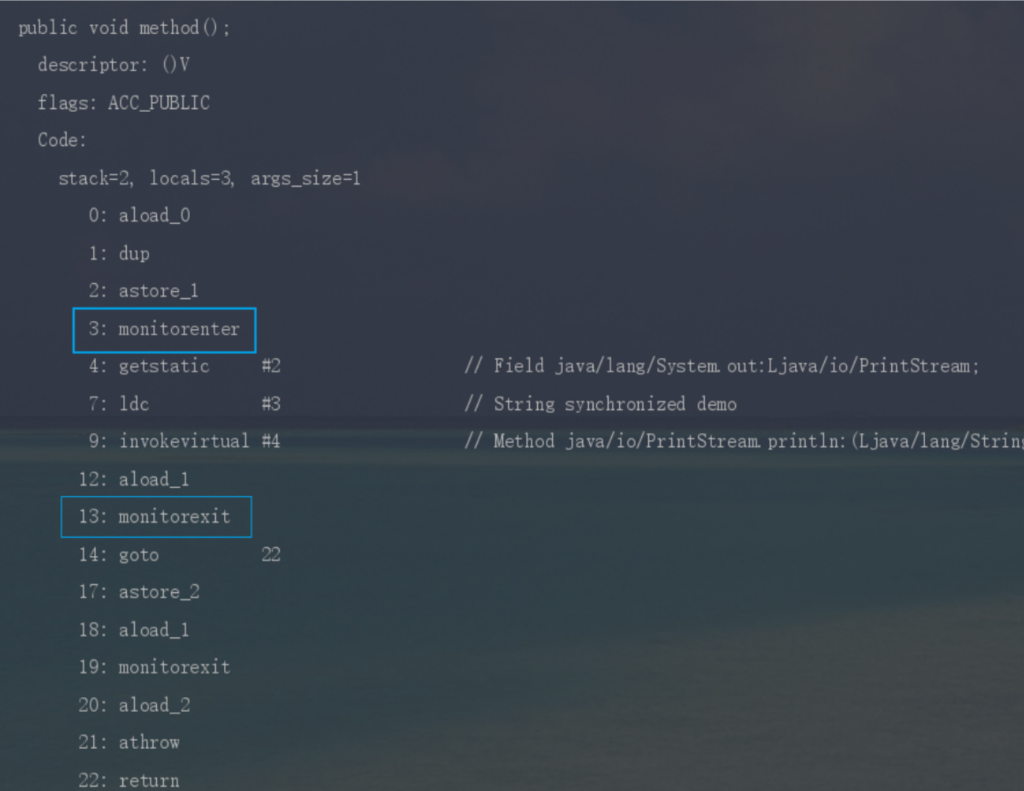问题一:
#include<iostream> #include<cstdint> #include <cstring> using namespace std; typedef struct data { char hwid[4]; char sip[4]; char rev[4]; }Data; int main(){ Data stdata; memset(&stdata,0,sizeof(stdata)); strcpy(stdata.hwid,"2222"); strcpy(stdata.sip,"1111"); printf("%s %s !!!\r\n",stdata.hwid,stdata.sip);
//输出结果:
//22221111 1111 !!! return 0; }
输出结果的原因为:
字符串四个字节被填满,后面没有添加\0,所以导致printf读取完hwid中的数据接着读取sip中的数据,直到读取到\0。
问题二:
#include<iostream> #include<cstdint> #include <cstring> using namespace std; class CBase{ public: virtual void foo()=0; virtual ~CBase(){} }; class CDerived:public CBase{ public: void foo() override{}
/*override是 C++11 引入的一个关键字,用于显式地标记派生类中的成员函数是对基类虚函数的重写。它的作用是 提高代码的可读性和安全性,帮助开发者避免一些常见的错误。
*/ private: int x; double y; }; int main() { CDerived dev; cout<<sizeof(dev)<<endl; //输出结果为 //24 return 0; }
输出结果分析:
-
CDerived的大小由以下部分组成:-
虚函数表指针(8 字节)。
-
int x(4 字节) + 填充(4 字节)。 -
double y(8 字节)。
-
-
总计:24 字节。
问题三:
#include<iostream> #include<cstdint> #include <cstring> using namespace std; int main() { char buf[8]; memset(buf,'a',sizeof(buf)); cout<<buf<<endl; strncpy(buf,"123456789",sizeof(buf)); cout<<buf<<endl; //输出结果为 //aaaaaaaa //12345678 return 0; }
输出结果分析:
只能复制8个数据,所以显而易见。
问题四:
#include<iostream> #include<cstdint> #include <cstring> using namespace std; void func() { char a[20]="abcde1234"; char *const c=a;//常量指针 char b; a[0]='X'; c[1]='Y'; cout<<a<<endl; cout<<c<<endl; } int main() { func();
//输出结果:
//XYcde1234
//XYcde1234
return 0; }
输出结果分析:
常量指针,指向的位置不变。变量a所指向的内存区域是静态存储区。
来源链接:https://www.cnblogs.com/LJianYu/p/18681345










没有回复内容